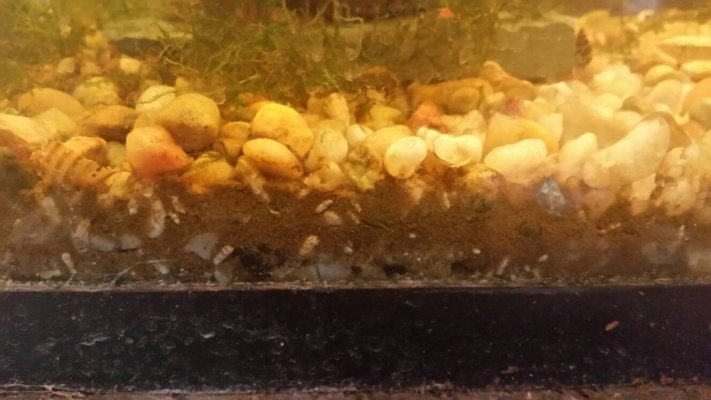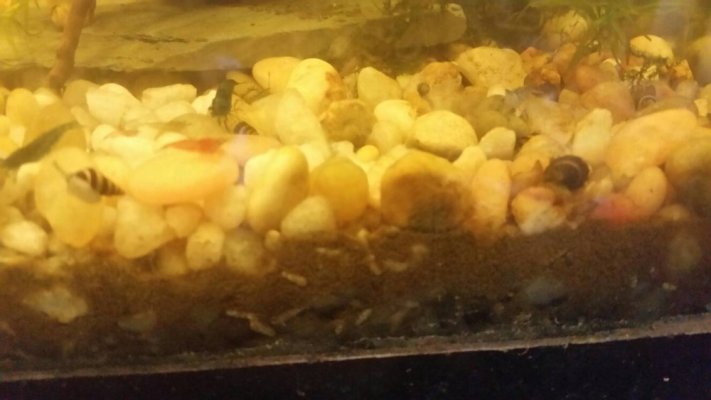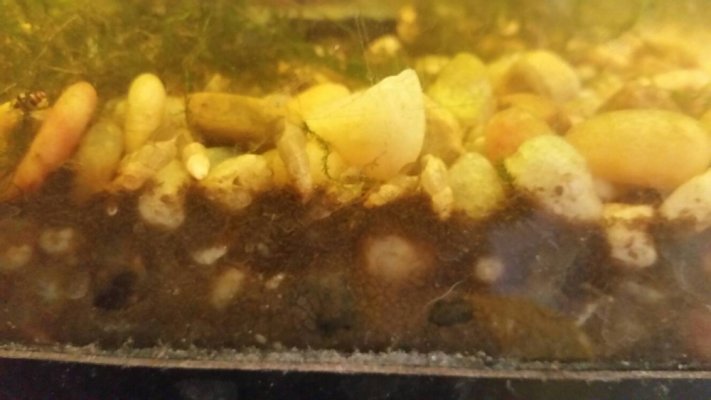earhtmother
Aquarium Advice FINatic
- Joined
- Mar 22, 2010
- Messages
- 975
I vaguely remember someone mentioning putting an old stocking over the end of the python tube to do a water change without sucking up fry & I am wondering if I could use this to suck up crud from under the gravel to the surface of it which I could then suck up using the swish method without stocking




